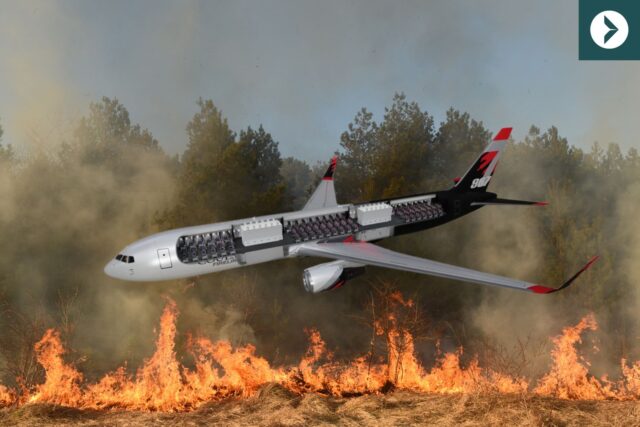US aerospace giant Bell Textron prepares to supply combat and utility helicopters to Ukraine

October 21, 2025
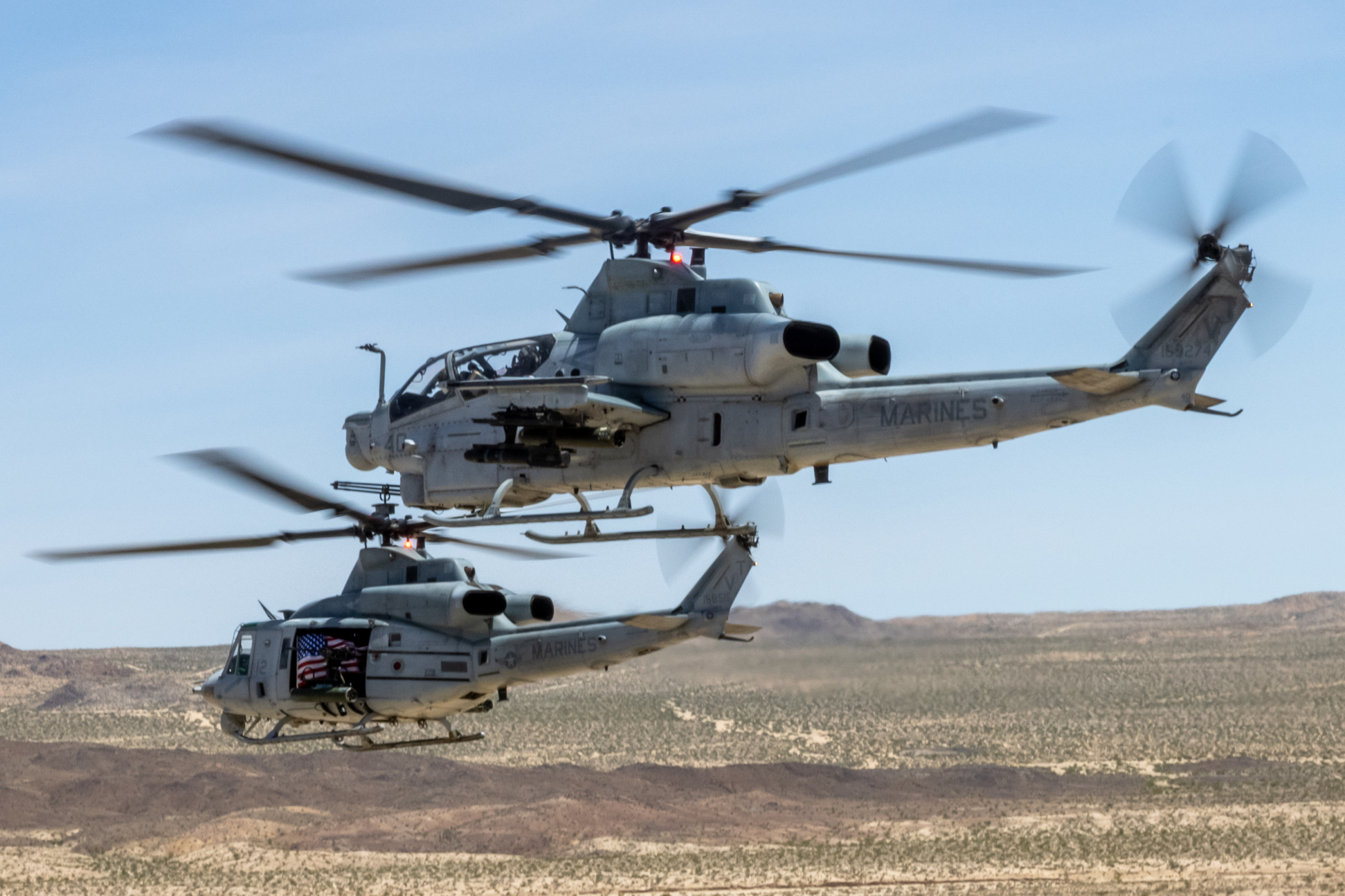
Bell Textron, the Texas-based manufacturer of the AH-1Z Viper and UH-1Y Venom, is working with Kyiv and Washington to explore a possible Foreign Military Sale that would strengthen Ukraine’s air defences and create new industrial capacity inside the country.
The discussions come as Ukraine seeks to expand its rotary-wing fleet to counter Russia’s escalating drone offensive, with President Volodymyr Zelenskyy announcing the formation of new helicopter groups dedicated to defending national airspace.
Military commanders say helicopters have become central to drone interception efforts, offering faster response times and flexibility that ground-based systems cannot match.
Ukraine and Bell Textron sign letters of intent for helicopter supply and industrial cooperation
At a ceremony in Washington on 20 October, delegates from Bell Textron, the Ministry of Economy, Ecology and Agriculture of Ukraine, and UkraineInvest signed a series of letters of intent (LOI) to identify areas for industrial cooperation connected to a potential helicopter procurement.
The documents establish a framework to evaluate options for assembly, maintenance, and local production of Bell aircraft, alongside personnel training and technology transfer. If the agreement proceeds, Bell would work with the US Government under a Foreign Military Sale programme to provide aircraft to the Ukrainian Armed Forces.
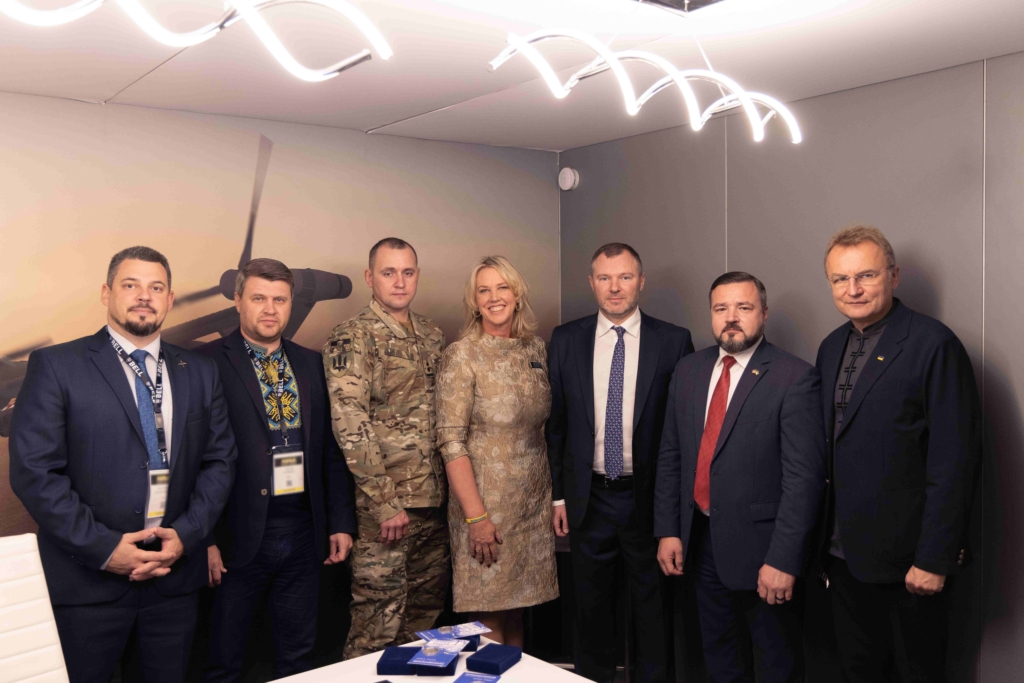
Deputy Minister of Economy Vitalii Kindrativ said the accord marked a step towards expanding Ukraine’s high-technology manufacturing base, creating new jobs, and attracting foreign investment in strategic industries.
Bell plans to open a representative office in Ukraine, prepare for a Final Assembly and Check-Out (FACO) centre, and explore a joint venture with Ukrainian partners. Training for engineers and technicians would take place both in the United States and at the proposed Ukrainian facility.
Bell AH-1Z Viper and UH-1Y Venom helicopters central to Ukraine cooperation plan
The aircraft under discussion are the AH-1Z Viper attack helicopter and the UH-1Y Venom multi-role utility helicopter, both currently in service with the US Marine Corps.
They are designed to operate as complementary platforms, sharing about 85 per cent common components, which reduces logistics complexity and overall maintenance costs.
The AH-1Z is equipped for close air support, anti-armour, and armed escort missions, featuring integrated avionics and a flexible weapons system. The UH-1Y performs troop transport, armed reconnaissance, casualty evacuation, and command missions.
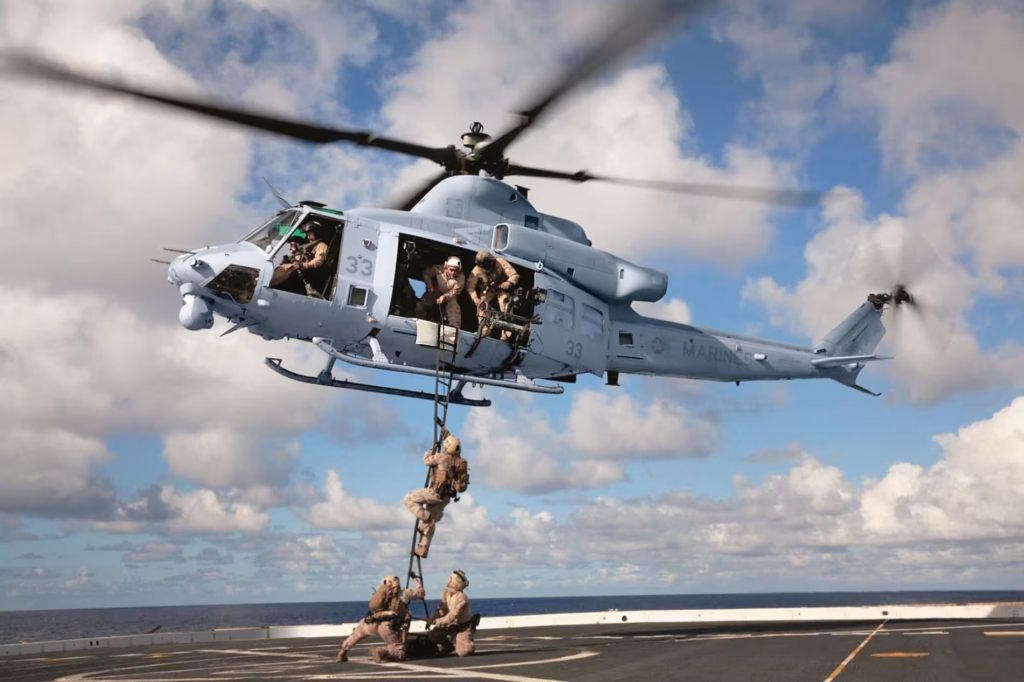
Both aircraft evolved from Bell’s long-running H-1 family, which has produced more than 16,000 helicopters since the 1950s and remains one of the most widely used military rotary-wing series worldwide.
Current international operators include Bahrain, which flies the Viper, and the Czech Republic, which operates a mixed fleet of Vipers and Venoms. Full-rate production of the UH-1Y began in 2008 and of the AH-1Z in 2010, with domestic production for the USMC concluding between 2020 and 2022.
Ukraine’s growing helicopter force targets Russia’s drone threat
President Zelenskyy said this month that new helicopter units will be formed to strengthen army aviation against Russian “kamikaze” drones targeting cities and infrastructure. “We determined how to expand the capabilities of army aviation to protect against drones,” he told officials in Kyiv.
Helicopters have proved increasingly effective in countering such threats. Commander-in-Chief Oleksandr Syrskyi has stated that, under favourable conditions, helicopter crews can destroy up to 40 per cent of hostile drones detected in their area of operations.

The Ukrainian Air Force also plans to integrate round-the-clock detection systems and light aircraft with onboard machine guns for drone interception, expanding the layered defence of the country’s skies.
For Kyiv, the Bell cooperation represents both an operational and industrial opportunity: modern rotary-wing aircraft to replace ageing fleets, and the prospect of assembling and servicing them domestically for the first time.
Bell–Ukraine helicopter partnership aims to build long-term industrial self-reliance
Beyond the immediate need for air-defence capability, the Bell initiative is seen as a potential catalyst for Ukraine’s rotary-wing industry, which has suffered major losses during the war.
The proposed FACO and maintenance hub would shorten supply chains, reduce reliance on overseas servicing, and enable faster turnaround for operational units.
Deputy Minister Kindrativ said the plan could help rebuild skilled employment in the aerospace sector and provide a foundation for future export or maintenance work once conditions permit.
Bell Textron’s growing defence cooperation with Ukraine
At the Farnborough International Airshow in July 2024, Bell offered its light attack 407M helicopter, and later that year, Ukrainian legislators expressed interest in acquiring a dozen AH-1Z Vipers.
Even before the full-scale invasion, Ukraine’s Odesa Aviation Plant had been preparing to launch licensed production of Bell UH-1-class helicopters, a project interrupted by the war.
Any supply of US-origin aircraft will proceed under Washington’s export-control regulations and require formal government approval. Details of quantities, financing, and delivery timelines have not yet been released.
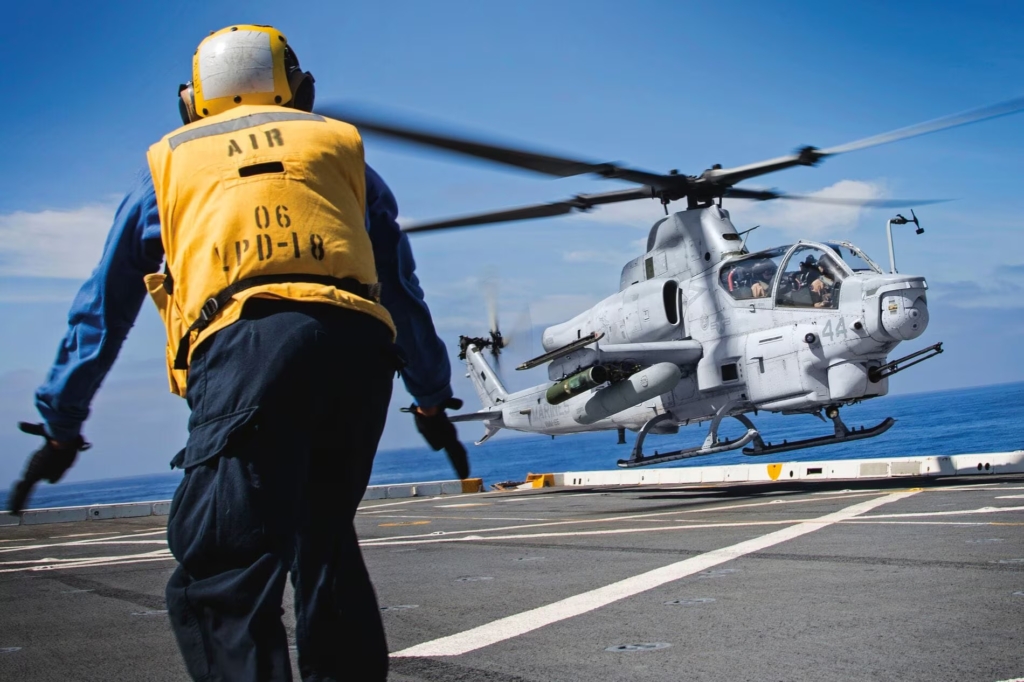
Bell’s Senior Vice-President for Strategic Pursuits, Jeffrey Schloesser, said the initiative had been under discussion for some time and that the company was working to bring it to completion through cooperation with Ukrainian partners and US authorities.
For Ukraine, the partnership offers more than additional aircraft. It links the country directly to a leading Western defence manufacturer, opens pathways for technology transfer and local production, and supports Kyiv’s wider goal of achieving self-sufficiency in critical defence sectors. For Bell, it extends the company’s footprint into a market seeking long-term rebuild and resilience rather than temporary repair.
As Zelenskyy’s government continues to rebuild its air-power capacity, the letters of intent between Bell Textron and Ukraine mark the early stage of a cooperation that could combine military supply, industrial participation, and training. This framework aligns battlefield necessity with economic recovery.
